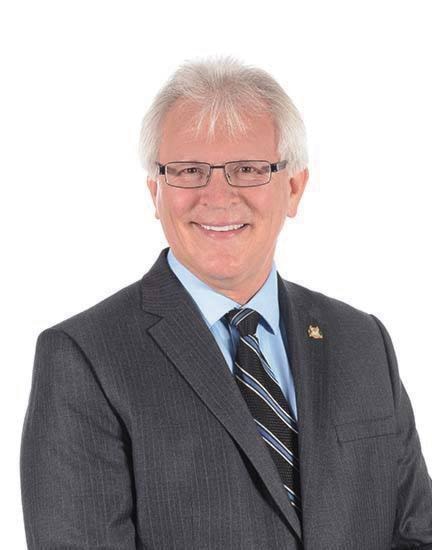Electoral reform is on the mind of Kootenay-Columbia MP Wayne Stetski, who will be touring the riding this month to gather feedback to bring to Ottawa in the fall.
The issue was one of three major planks that Stetski says has the potential to significantly change the country, with physician-assisted dying and the legalization of marijuana being the other two.
Stetski will make stops at coffee shops in communities across the region and will be at the Snowdrift Cafe in Kimberley from 9 - 10 a.m. and Hot Shots Cafe in Cranbrook from 2 - 3 p.m. on Aug. 15.
To date, a multi-party committee has been formed that will be touring across Canada between now and October collecting information, but won't be coming to Kootenay-Columbia.
"What I'm doing is going out around the riding, stopping in 16 communities in total and getting information from constituents in terms of what they would like to see happen with our voting future," Stetski said.
Both the Liberal Party and the NDP campaigned on changing to a proportional representation system, added Stetski. The Conservative Party favours the current first-past-the-post system.
"It's been interesting, the Liberals have been under a fair bit of pressure in the House of Commons to potentially hold a referendum on the choice," Stetski said. "They, so far anyway, have continually said that Canadians made a choice on October 19th when they elected the Liberals to be the government of Canada, so their approach at this point is to gather as much information from as many people as possible across Canada. That information goes to the committee, they will then make a recommendation to the Liberal government and then they'll decide what kind of legislation they'll want to bring forward to the House of Commons."
Once Stetski finishes his tour of the riding, he'll present all constituents' feedback to the committee.
It's not the first time B.C. residents have grappled with electoral reform; at the provincial level, a referendum in 2009 was defeated that would've changed the voting system to a proportional representation system through the Single Transferable Vote (STV).
"Provincially, here, the system that was proposed was really quite complicated and hard to explain," said Stetski. "People will not vote for change that they don't understand.
"…It was very difficult to understand the process and how the system would work. So this time around any system that goes forward needs to be very simple, very easy to understand."
Stetski cites, as an example, that if a political party gets 15 per cent of the vote, they should have 15 per cent of representation in the House of Commons.
"The way the system works right now with first-past-the-post is that 39 per cent of Canadians voted for the Liberals and yet they ultimately have a majority in Parliament, and a reasonably good majority, in terms of numbers," Stetski said.
"Under a proportional representation system, if only 39 per cent of Canadians who voted for Liberals, 39 per cent of the members of parliament would only be Liberal and in order to form a majority government, you'd have to form a coalition of some sorts."
There are 308 seats in the House of Commons. In the October election, the Liberals captured 184, the Conservatives, which lost their majority government, were reduced to 99 seats and the NDP orange wave receded to 44 seats. The Bloc Quebecois picked up 10 seats and the Green Party captured a single seat.
A proportional representation voting system is in use in other countries across the world such as New Zealand and The Netherlands.
